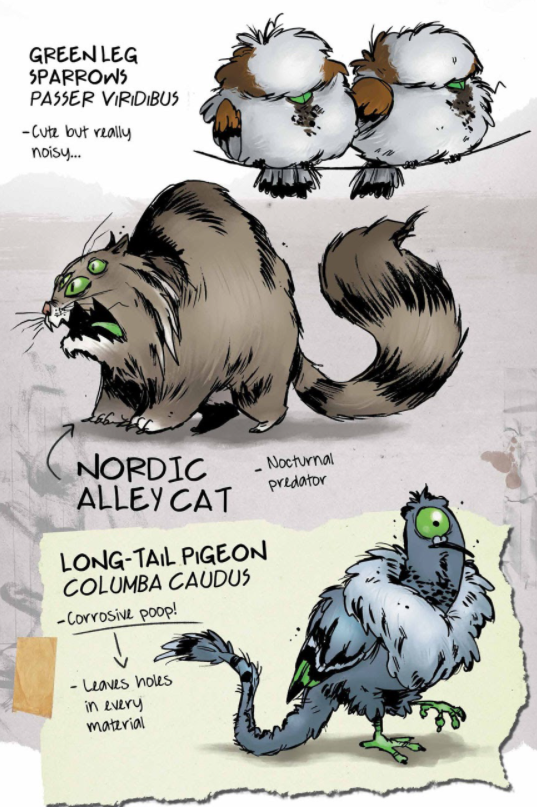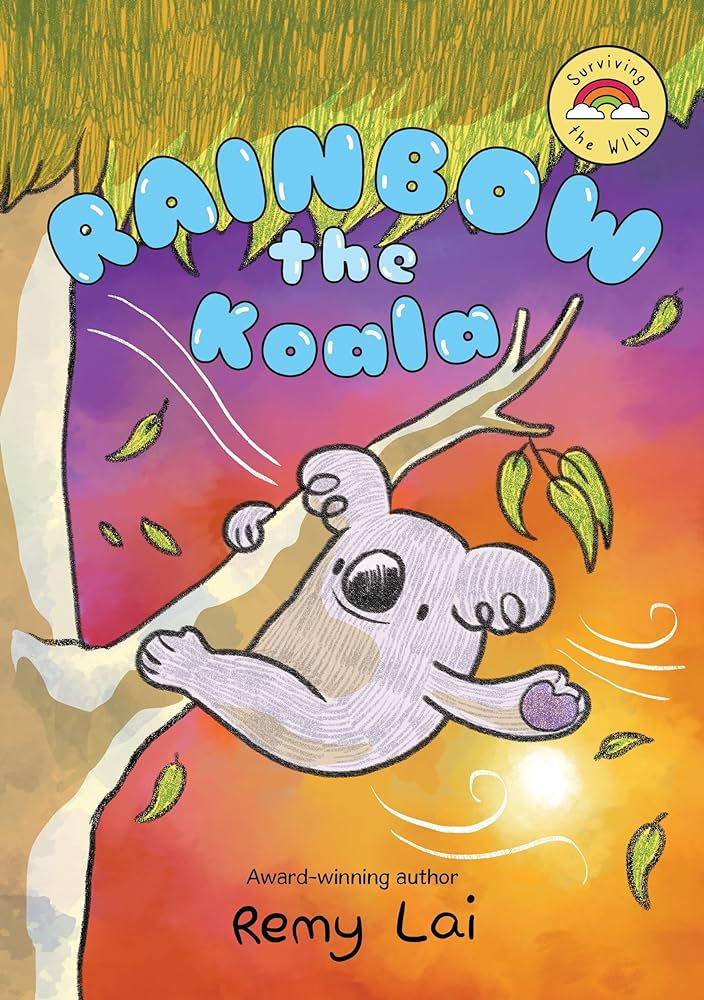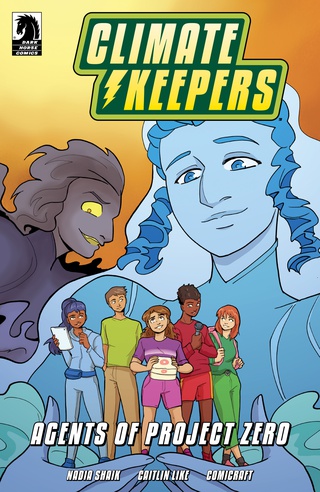“We almost died! If I’d known six feet-wide snowflakes were gonna fall on me, I would’ve stayed home!” — Marco, Nuclear Winter, Volume 1, n. pag.
| Creator(s) | Cab (author and illustrator), Jim Campbell (letterer) |
| Publisher | BOOM! Box |
| Publication Date | 2018 |
| Genre | Post-apocalyptic, Science Fiction, Fiction |
| Environmental Themes and Issues | Apocalypse, Extreme Weather, Animals in Danger, Nuclear Disaster, Climate Change, Mutated Organisms |
| Protagonist’s Identity | Flavie: White woman in her twenties |
| Protagonist’s Level of Environmental Agency | Level 3: Moderate, Plot-Driven Environmental Agency |
| Target Audience | Young Adult |
| Settings | Montreal, Quebec |
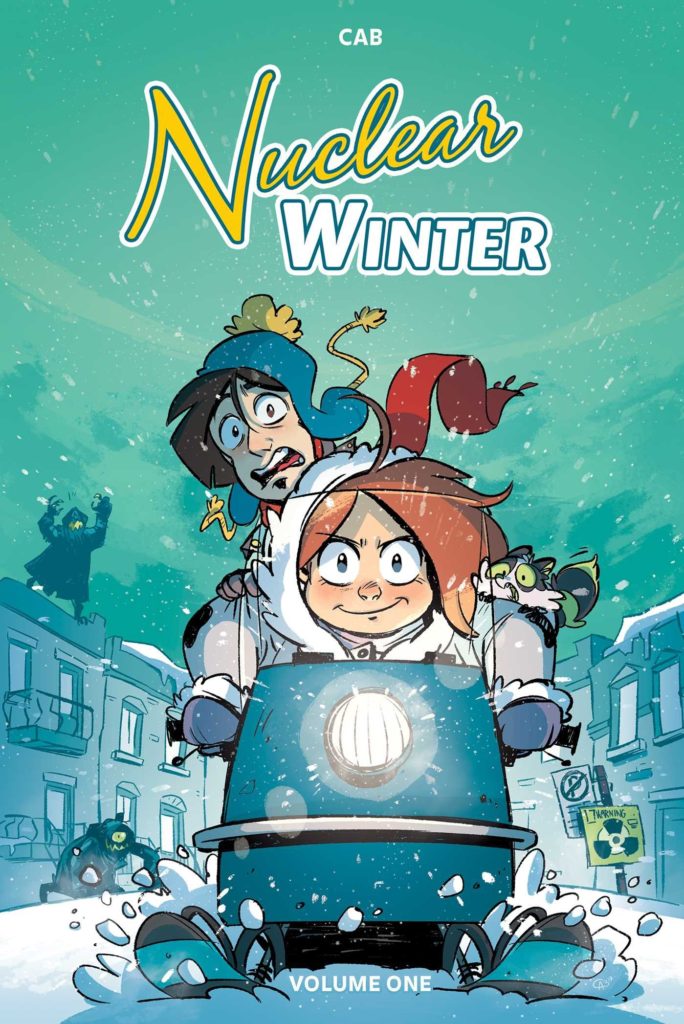
Environmental Themes
Nuclear Winter is a three volume young adult comic. The series takes place in Montreal, Quebec nine years after a nuclear disaster occurred at the city’s power plant. The fallout from the incident has trapped the city in an endless nuclear winter, with freezing temperatures and heavy snow occurring 365 days of the year. As their manpower dwindles and their equipment fails, the human residents struggle to keep the city streets cleared of snow, gradually abandoning neighborhoods to be buried under vast piles of radioactive snow. Additionally, nine years of exposure to radiation has caused many of the residents to develop physical anomalies, such as extra eyeballs. Protagonist Flavie, a young woman in her twenties, must cope with the extreme weather as she works as a snowmobile courier for Blizzard Express. As the only courier willing to venture outside the city’s snow removal zone, she gets assigned the most remote and challenging deliveries.
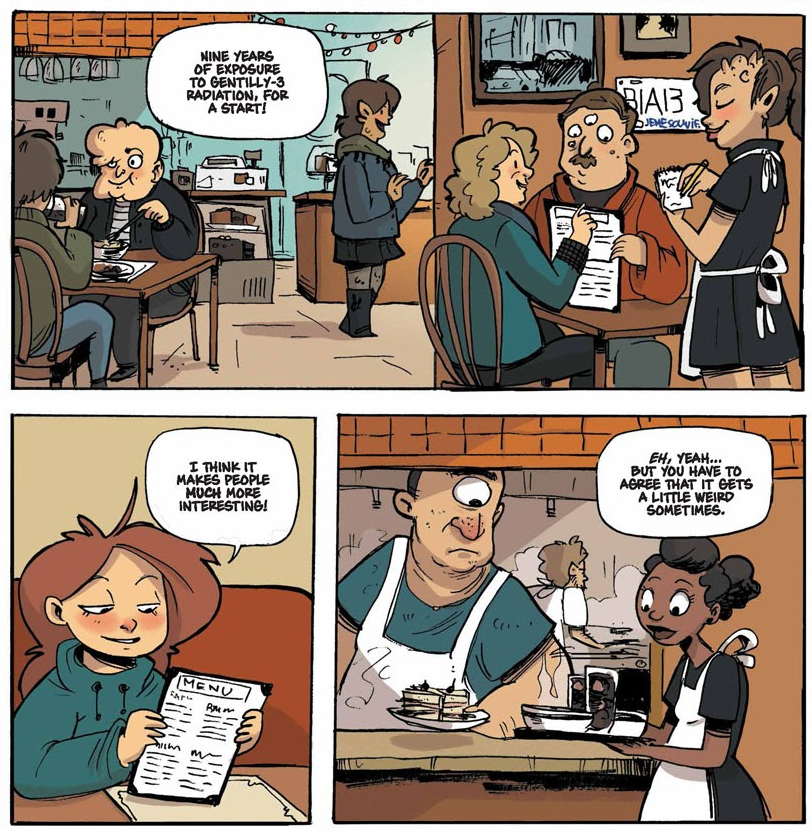
In this volume, Flavie delivers bagels to Marco and Jenny, a wealthy couple who live on the outskirts of Montreal. The bakery gives Flavie an incorrect order, and an annoyed Jenny demands that she goes back to retrieve the correct bagels. Flavie sets out into a snowstorm, accompanied by Marco. On their journey, they encounter dangerous supercondensed snow: enormous, heavy snowflakes that crush anything they fall on. Flavie also uses her super strength, an ability that she has developed due to years of radiation exposure, to rescue a mutated “polar raccoon” from homeless mutated people who intend to eat it. When they return to Marco’s apartment, Jenny refuses to pay for the bagels and humiliates Marco. Flavie fights with her, and she realizes that Jenny’s fingers can mutate into claws that expel a poison that she has been using to psychologically control Marco. Marco and Jenny break up, and the volume concludes with the newly befriended Marco and Flavie marveling at the aftereffects of the storm as they go to get breakfast together.
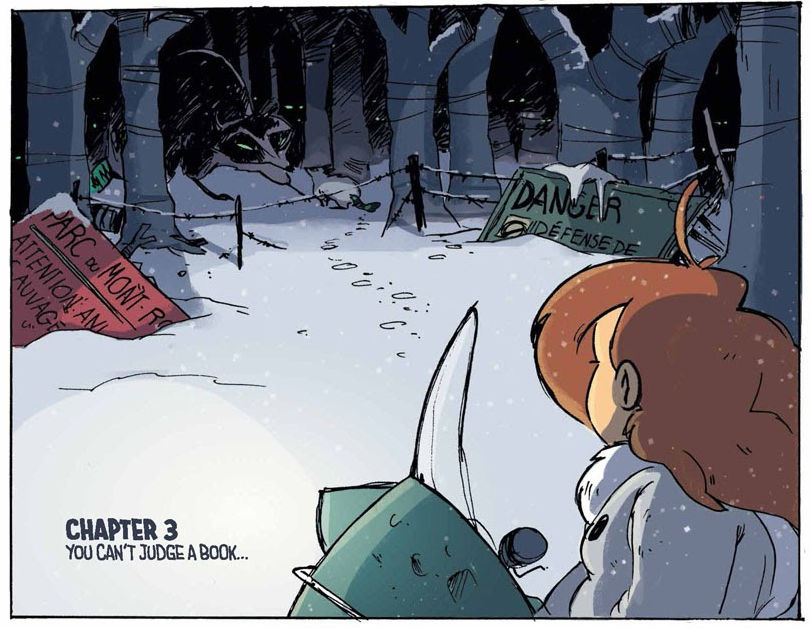
The comic provides a humorous, slice-of-life portrayal of the nuclear winter. Almost all of the human characters have developed physical mutations, but the people depicted in the narrative mostly treat these anomalies as accepted and mundane, rather than discriminating against them. For instance, when Flavie’s friend describes the mutated Montrealers as “weird,” Flavie defends them, saying, “I think it makes people much more interesting!” and “I’d be the same Flavie, even if I had an extra arm growing in the middle of my forehead” (Cab, n. pag.). As a result, the comic does invite young adult readers to contemplate the devastating effects of nuclear disasters on environments, while not overly dwelling on the more frightening reality of radiation exposure.
Paratexts
The comic’s backmatter includes two pages that feature new species of animals that have developed after long-term exposure to radiation.
